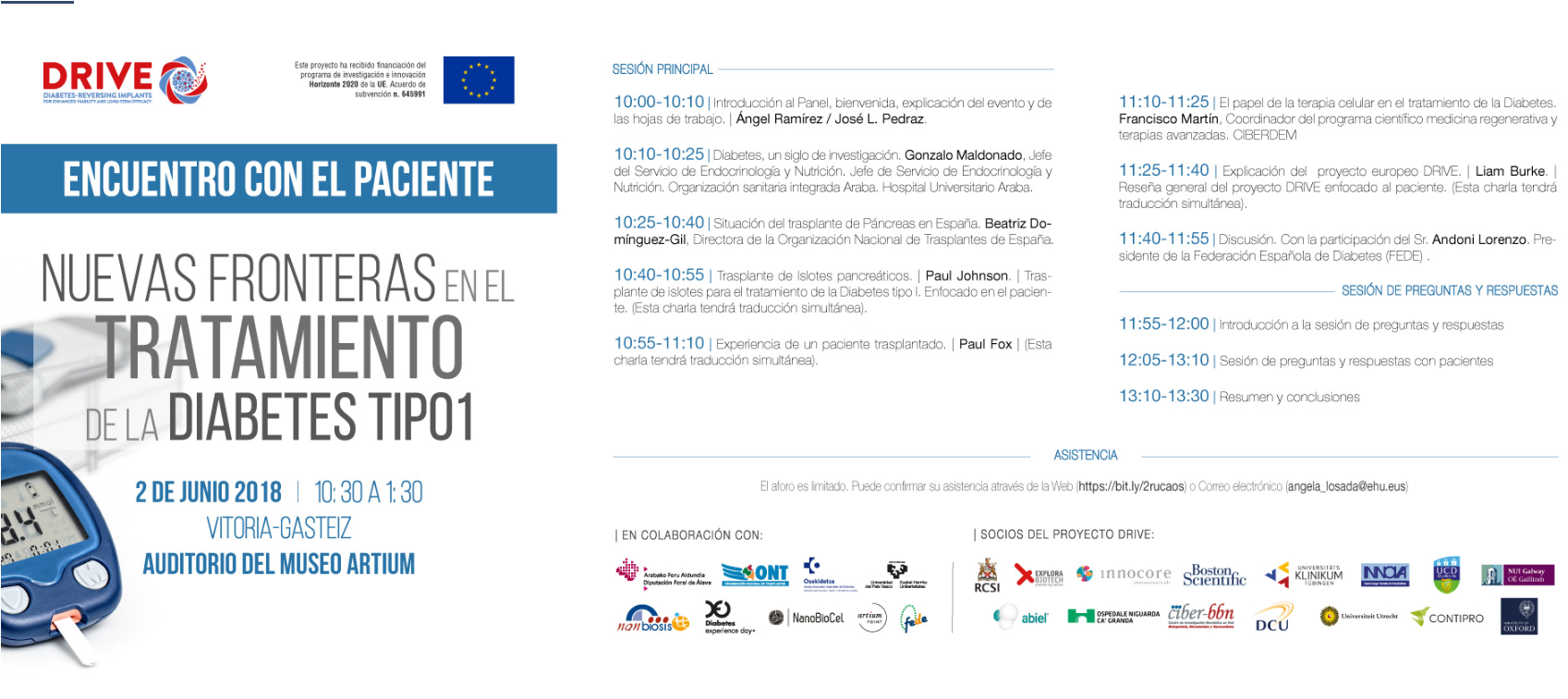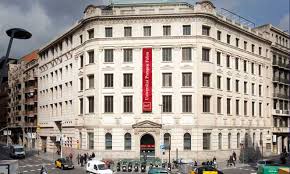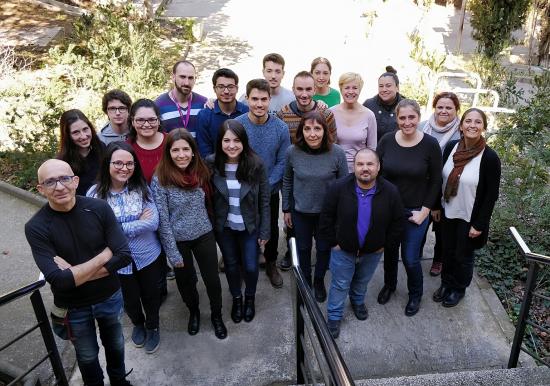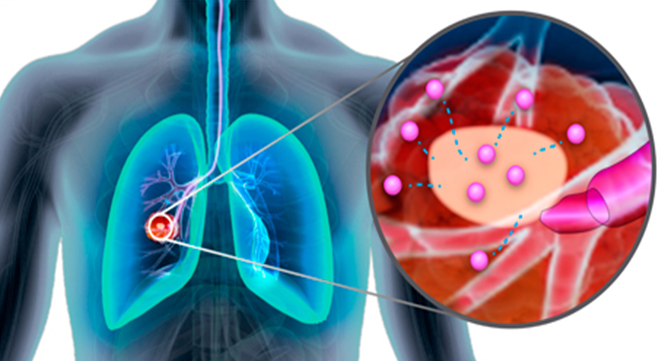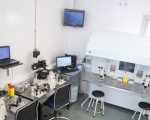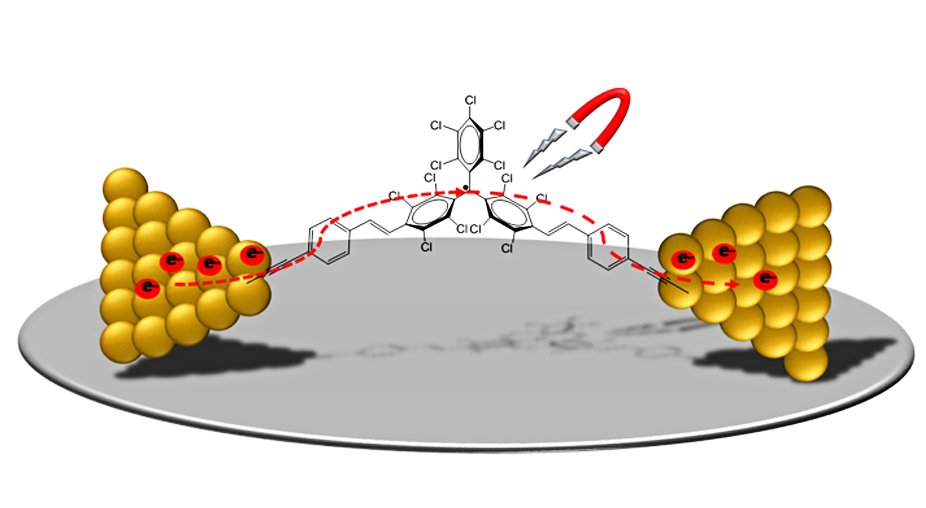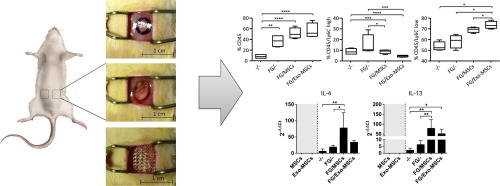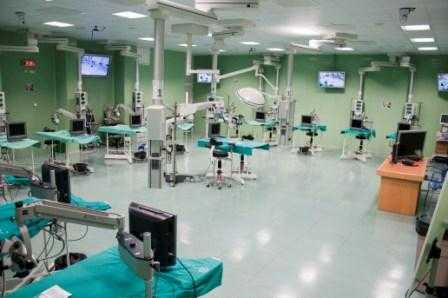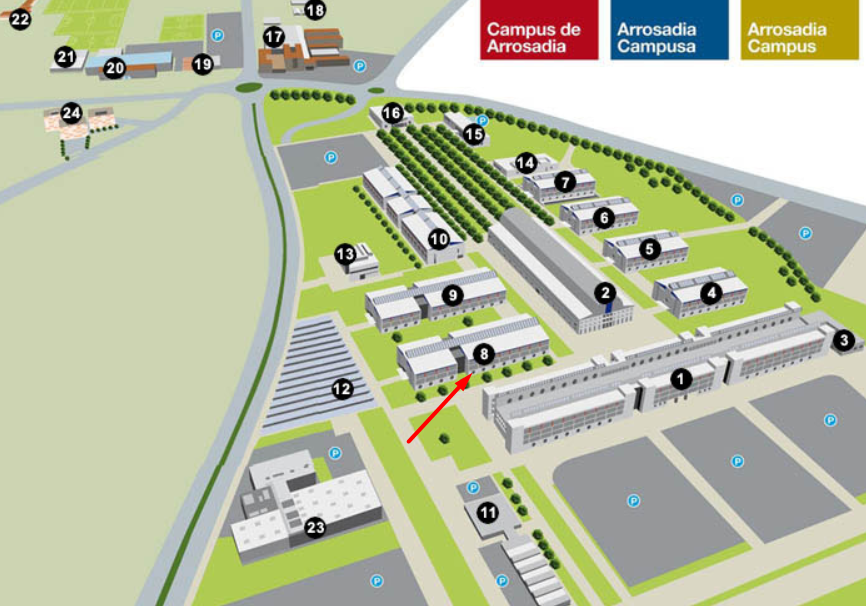New frontiers in the treatment of Diabetes type 1
On Saturday, June 2, at 10.30 in the auditorium of the Artium Museum in Vitoria-Gasteiz, a meeting will take place for patients with diabetes, organized by the group of European researchers of the DRIVE project. The objective of the meeting, held for the first time in Spain, is to connect researchers with all those with diabetes and relatives who want to participate. “One of the objectives of this meeting is to better understand the expectations of people with diabetes and their doubts about the treatment of that disease. By giving us their opinion, they will help us to adapt the DRIVE project to their needs“, explained the organization.
The event is organized by the NanoBioCel research group of the University of the Basque Country / Euskal Herriko Unibertsitatea, directed by José Luis Pedraz, Scientific Director of NANBIOSIS Unit 10, Drug Formulation, who participates in the DRIVE project through the CIBER BBN and the ICTS Nanbiosis, the only Spanish group in the project .
Admission is free and can be obtained at: https://www.ticketea.com/entradas-conferencia-drive-patient-panel/
